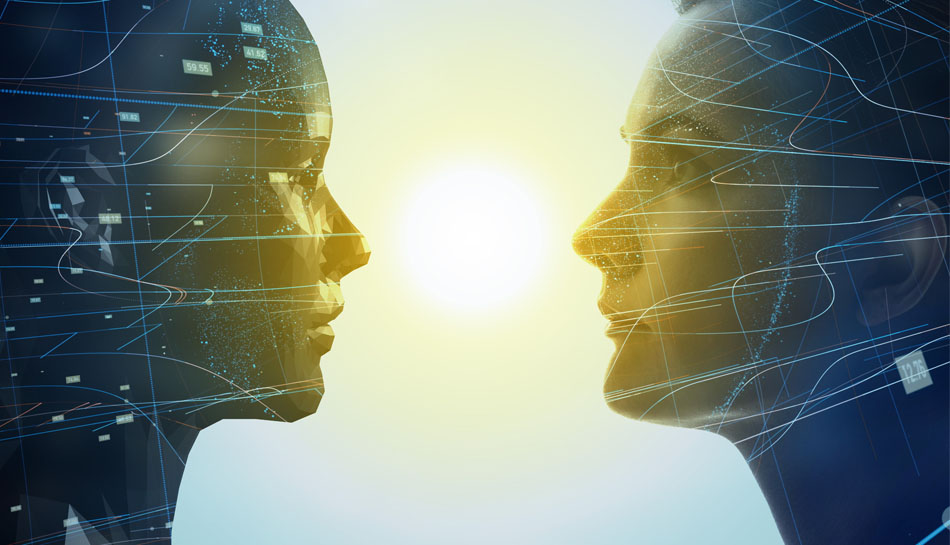
In recent years, the concept of digital twins (DTs) has transcended its origins in industrial sectors to become a transformative force in healthcare. Digital twins for health (DT4H) represents a promising frontier, leveraging advanced data science (DS), artificial intelligence (AI), and big data to revolutionise healthcare delivery, treatment strategies, and preventive care.
What are Medical Digital Twins?
Medical digital twins are dynamic models that replicate the physiological characteristics and responses of real patients or organs. They are continually updated with real-time data sourced from electronic medical records (EMRs), genetic profiles, wearable devices, and environmental sensors. By integrating and analysing this diverse dataset, healthcare providers can create precise digital profiles that reflect each patient's unique health status, medical history, and potential treatment responses.
Applications in Precision Healthcare
- Personalised Treatment Strategies
- Predictive Analytics and Risk Assessment
- Enhancing Clinical Trials and Drug Development
- Chronic Disease Management
Digital twins help healthcare providers move beyond traditional one-size-fits-all approaches to a more tailored approach, providing treatments based on the needs of each patient. For instance, in oncology, digital twins can simulate tumour growth, predict responses to different chemotherapy regimens, and optimise treatment protocols based on genetic markers and disease progression patterns. By creating detailed digital profiles of patients, healthcare practitioners can customise treatments based on individual genetic predispositions, lifestyle choices, and responses to therapies. This approach can enhance treatment efficacy and minimise adverse effects.
By leveraging AI and machine learning algorithms, digital twins can predict individual health risks and anticipate disease progression. For patients with chronic conditions like diabetes or cardiovascular disease, these models can monitor physiological parameters in real time, identify early warning signs, and recommend preventive measures to mitigate risks.
Digital twins play an important role in accelerating drug discovery and development processes. By simulating drug interactions and responses within virtual environments, researchers can streamline clinical trials, identify potential side effects, and personalise treatment approaches before moving to human trials. This not only reduces costs and time-to-market but also enhances the safety and efficacy of new therapies.
Digital twins offer continuous monitoring of chronic conditions such as diabetes and hypertension. By integrating data from glucose monitors, blood pressure cuffs, and patient-reported outcomes, healthcare providers can intervene early, adjust therapies, and empower patients to manage their health proactively.
Systematic Review and Efficacy
Recent systematic reviews have highlighted the efficacy of medical digital twins in improving precision healthcare outcomes. Studies across various medical specialties, including oncology, cardiology, and chronic disease management, have demonstrated significant advancements in patient-specific treatment strategies and diagnostic accuracy. These reviews underscore the potential of digital twins to enhance clinical decision-making, optimise resource allocation, and ultimately improve patient quality of life.
Challenges and Future Directions
Despite their promise, the integration of medical digital twins into routine clinical practice presents several multifaceted challenges that must be addressed for widespread adoption and efficacy.
- Data Privacy and Security
- Interoperability Across Healthcare Systems
- Validation of Accuracy and Reliability
One of the foremost concerns surrounding digital twins is the protection of patient data. These virtual replicas rely heavily on sensitive health information sourced from electronic medical records, genetic profiles, and wearable devices. Ensuring robust data privacy measures and compliance with stringent regulations (such as GDPR in Europe or HIPAA in the United States) is paramount to safeguarding patient confidentiality and trust. Collaborative efforts are needed to develop encryption techniques, anonymisation strategies, and secure data storage solutions that mitigate the risk of unauthorised access or data breaches.
The seamless integration of digital twins across disparate healthcare systems remains a significant challenge. Healthcare providers often use diverse electronic health record (EHR) systems and medical devices that may not easily communicate or share data. Achieving interoperability requires the establishment of standardised data formats, interoperable interfaces, and health information exchanges (HIEs) that enable seamless data flow and accessibility across different platforms. Industry-wide collaboration and adherence to interoperability standards (such as HL7 FHIR) are essential to overcoming these interoperability challenges.
Validating the accuracy and reliability of medical digital twins is crucial for their acceptance and clinical utility. Virtual models must accurately reflect real-world patient physiology, disease progression, and response to treatments. Robust validation processes, including comparison with clinical outcomes and longitudinal data studies, are necessary to ensure that digital twins provide actionable insights and support informed clinical decision-making. Continued research and validation studies are needed to refine predictive algorithms, improve model fidelity, and validate the clinical relevance of virtual simulations in diverse patient populations.
Future Directions
Looking ahead, ongoing advancements in data science, artificial intelligence, and computational modelling hold significant promise for the future of medical digital twins.
- Enhancing Predictive Capabilities
- Expansion to Additional Medical Specialties
- Integration of Seamless Data Exchange Mechanisms
Advances in machine learning algorithms and predictive analytics will enhance the predictive capabilities of digital twins. By leveraging big data analytics and real-time data integration, future digital twins can anticipate disease trajectories, predict adverse events, and recommend personalised interventions with greater accuracy and efficiency.
While initial applications have focused on areas like oncology and cardiology, there is immense potential to expand the use of digital twins across a broader spectrum of medical specialties. From neurology to orthopaedics and beyond, digital twins can be tailored to simulate and optimise treatment strategies for various diseases and conditions, thereby advancing personalised medicine across diverse healthcare domains.
Efforts to integrate seamless data exchange mechanisms will be crucial for maximising the utility of digital twins in healthcare ecosystems. This includes developing interoperable data platforms, leveraging cloud computing infrastructure, and fostering collaboration among healthcare stakeholders to facilitate secure data sharing and analysis. By breaking down data silos and promoting data liquidity, healthcare providers can harness the full potential of digital twins to improve patient outcomes and operational efficiencies.
Conclusion
In conclusion, the emergence of medical digital twins represents a transformative leap forward in healthcare, promising personalised treatment strategies, enhanced predictive analytics, and streamlined drug development processes. These dynamic models, fuelled by advanced data science and artificial intelligence, enable healthcare providers to simulate and tailor interventions with unprecedented precision, revolutionising clinical decision-making and patient care. Despite facing challenges such as data privacy concerns and interoperability issues, ongoing advancements and collaborative efforts hold the key to realising the full potential of digital twins across diverse medical specialties. As these technologies evolve, their integration into routine clinical practice offers a pathway to significantly improve patient outcomes, marking a pivotal moment in the quest for more effective, efficient, and patient-centred healthcare solutions.
Are you interested in learning more?





